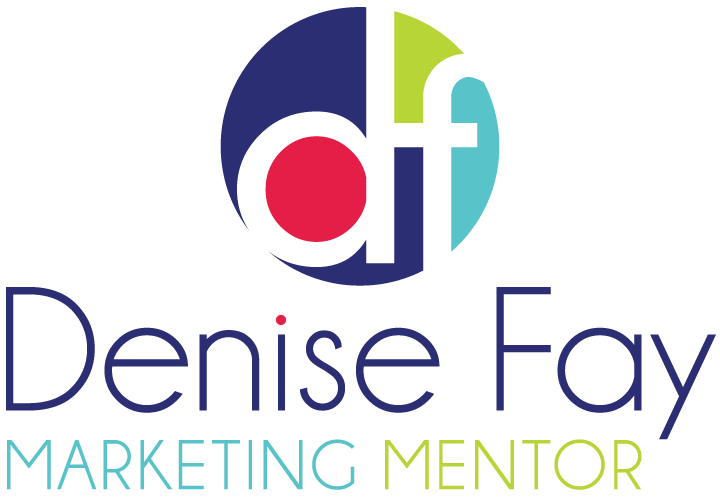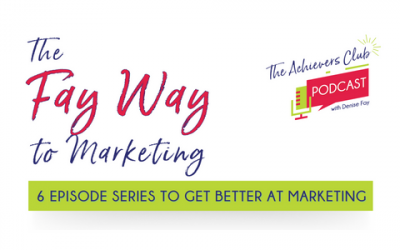For anyone who saw the Gorilla play the drums to Phil Collins’ “In the Air Tonight” back in 2007, you’ll understand the idea of brand essence. Just take a minute to experience the beauty of the ad:
The idea behind brand essence is to take the emotion that a consumer associates with the brand and make the most of the emotion to promote the brand, rather than aggressively promoting the brand.
In the Cadbury’s ad, you’ll see ‘ A glass and a half full production’ at the beginning but that’s it. There is no other mention of the product they are selling until the end and it’s a bar of Dairy Milk Chocolate.
Brand Essence & Content
Earlier in the month, I read a fantastic article by Tessa Wegert of Englighten over at ClickZ where she talked about aligning brand essence with content. It picqued my interest immediately. Most advertisers use graphics or music, but content is new (at least to me!).
Here is her article with full permission from ClickZ. It is a wonderful, wonderful casestudy with www.dictonary.com. Read it to get some ideas about how you can use emotion and content to promote your brand essence.
The Essence of an Effective Brand Campaign
Brands are constantly working to align themselves with relevant, appropriate content. Historically, they’ve attempted to do this in one of two ways: through contextual advertising or through keyword marketing, both of which emphasize contextual relevance to connect users with a product or service when it’s top of mind for consumers.
Both approaches can work. In a recent campaign for Vaseline, a contextual approach using Vibrant’s in-text advertising was found to significantly boost brand awareness, along with metrics like brand favorability, recall, and purchase consideration. Meanwhile, major brands continue to sink millions of dollars into keyword advertising, relying on it to increase sales, improve brand perception, and assuage negative press.
But what about aligning advertising with content that actually enhances the brand image, whereby the content has a positive influence on user perception? Imagine having access to content that could help create a positive brand association both by tapping into users’ emotions and underscoring the key differentiating features of your products.
Dictionary.com did, and the result is its “brand essence” placement, launched in Q3 2010. The concept is to associate advertisers not only with the keywords that best describe their brand or product, but also those terms that reflect the way a brand makes the consumer feel. In this way, a brand can paint a very specific picture of itself online to influence the consumer mindset about its associated products.
“More than simply tying words to your brand, ‘brand essence’ taps into peoples’ feelings,” explains Shravan Goli, president of Dictionary.com. “For Dictionary.com advertisers, the opportunity to offer a unique brand experience that transcends verbiage is generating click-through rates more than a dozen times larger than average.” In general, the site says, brand essence advertisers are seeing click-through rates of 8 to 10 percent across their campaigns.
In Adobe’s fall brand essence campaign, the digital media company purchased such keywords as “inspiration,” “sublime,” “luminous,” and “metaphor” – a combination of brand terms and top SAT terms. When these and other keywords were searched, the resulting definitions were skinned with an Adobe ad that read, “What’s another word for savings?” and promoted a discounted price on an Adobe product designed for students and teachers.

Chevy’s own campaign, which included a home page takeover, used words like “speed” and “cosmopolitan” to reflect the product attributes of the new Chevrolet Cruze. In Toyota’s brand essence campaign, word searches like “fidelity” and “air bags” produced a skin advertising the brand’s “Star Safety System” and featured images of both target consumers and actual Toyota engineers.

In addition to a branded skin on the SERP (search engine results page), advertisers can purchase home page takeovers, video, and rich media display ads as part of a brand essence campaign.

In keeping with the concept of contextual relevance and emotional influence, Dictionary.com also created a social quiz for Toyota that was intended to provoke a positive reaction to the automotive brand. The “Ideas for Good” quiz – the first of its kind on the site – was placed adjacent to Toyota banner ads. It invited users to answer multiple-choice questions relating to famous technological advances and innovations throughout history and linked to a Toyota landing page.

The purpose of the quiz was to highlight Toyota’s own advanced technology, and promote its “Ideas for Good” program, which couples Toyota technology with consumers’ ideas to “make the world a better place.” Players were given the ability to upload their results to their progress to Facebook in order to share the game with friends.
In an online world where brands are locked in an eternal struggle to maintain control of their image, the idea of a campaign built on positive search terms is one that many advertisers will find appealing. In fact, one might say it’s the very definition of effective brand marketing.
For more information, go to:
Tessa Wegert on ClickZ
Media Buying Catalogue of Articles on ClickZ







